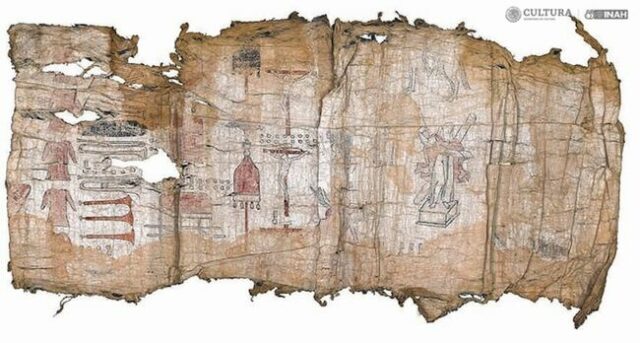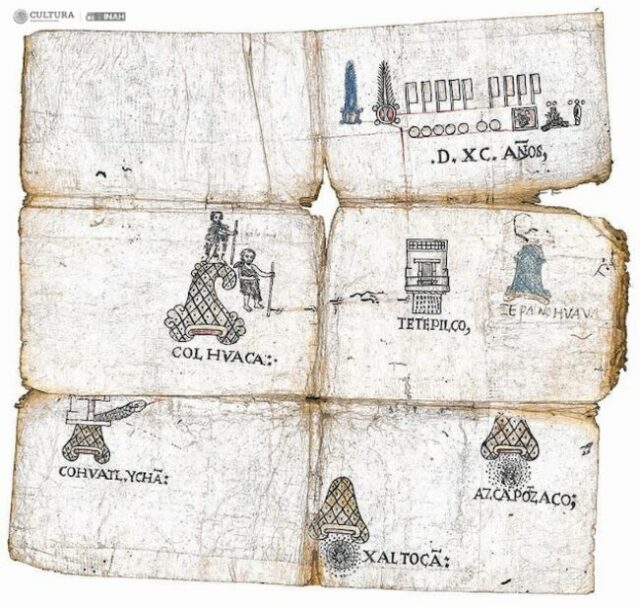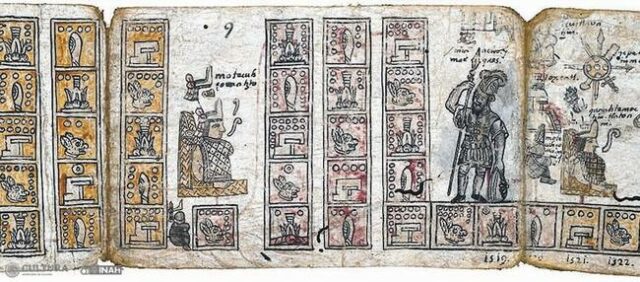
The recovery of the long-lost codices of San Andrés Tetepilco marks a significant milestone in the preservation of Mexico’s rich cultural heritage. These invaluable manuscripts provide a unique window into the transition from the Aztec empire to the Viceroyalty of New Spain, offering a blend of indigenous pictographic representations and European alphabetic texts. The meticulous examination conducted by Mexico’s National Institute of Anthropology and History revealed the intricate materials and techniques used in their creation, shedding light on the craftsmanship of Mesoamerican civilizations. The codices not only narrate the history of San Andrés Tetepilco but also offer a formal account of Tenochtitlan’s history, spanning from its foundation in the 14th century to the colonial period.

The journey to reclaim these treasures involved years of dedicated research and negotiation, culminating in the Mexican government’s acquisition from a family in Mexico City. This acquisition not only safeguards the codices for future generations but also underscores the importance of international cooperation in preserving cultural artifacts. As the codices undergo conservation processes, they will join the esteemed collection at the National Library of Anthropology and History, contributing to UNESCO’s Memory of the World Register. This preservation effort not only honors Mexico’s past but also enriches our understanding of the intricate tapestry of civilizations that have shaped the region’s history.















